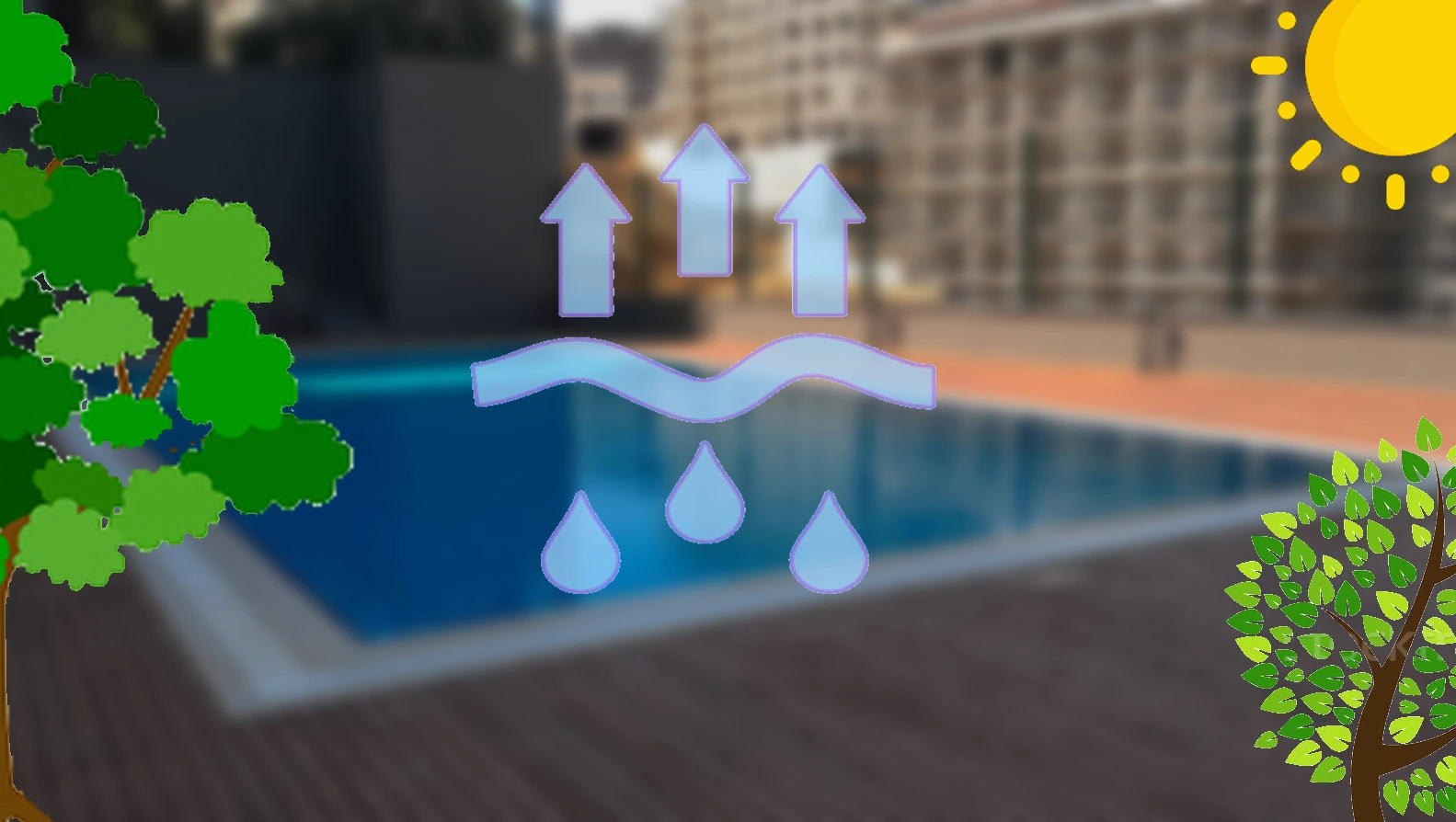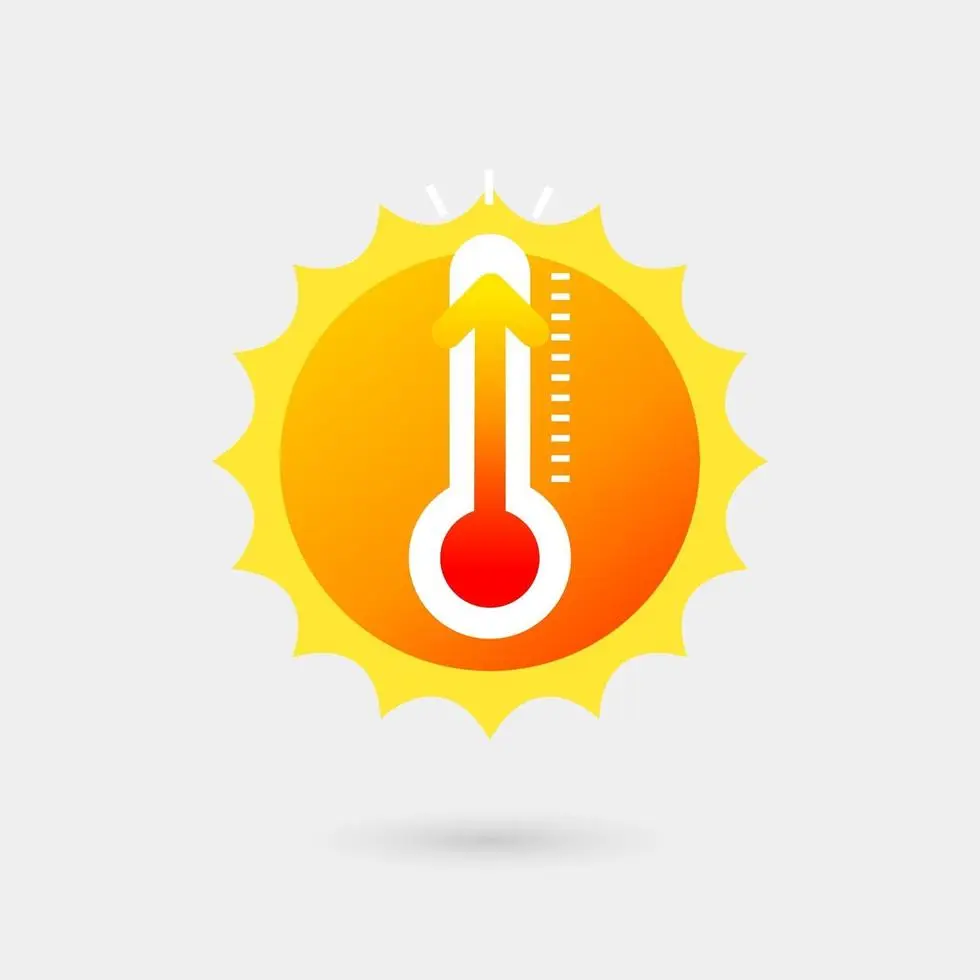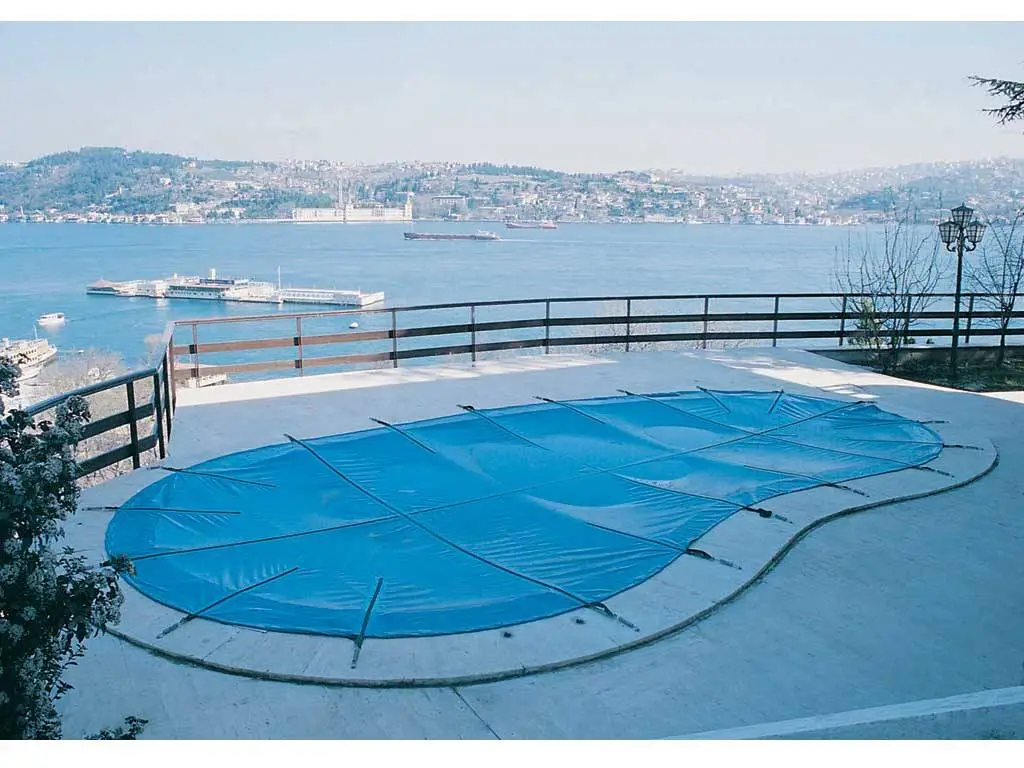💧 Is Your Pool Leaking or Just Evaporating?
Does your pool’s water level keep dropping and you can’t figure out why? During hot summer months, many pool owners ask, “Is my pool leaking?”
In most cases, the loss is not due to a leak but a natural process — evaporation. Factors such as temperature, wind, humidity, and sunlight exposure accelerate water loss through evaporation.
This article explains the difference between evaporation and leakage, how to perform a simple bucket test, and practical solutions to reduce unnecessary water loss.
1. What Is Evaporation and How Does It Occur?
Evaporation is the process by which water molecules escape from the surface into the atmosphere. Though invisible, it’s one of the primary causes of water loss in open pools.
The evaporation rate depends on sunlight intensity, temperature, wind speed, humidity, and surface area. On hot, windy days, water molecules gain energy, move faster, and transition into vapor more rapidly.
Wind enhances this process by removing the moist air above the surface, while dry air absorbs vapor faster. In warm, dry climates, pools can lose several millimeters or even centimeters of water daily.
- High temperature = faster evaporation
- Low humidity = dry air absorbs more vapor
- Wind = accelerates vapor removal
- Large surface area = higher evaporation
Typically, an open pool loses about 5–12 mm per day due to evaporation — meaning hundreds of cubic meters per year for a 100 m² pool.
2. Evaporation or Leakage?
The easiest way to find out is by performing the bucket test.
How to Perform the Bucket Test:
- Fill a bucket with pool water and place it on a pool step, ensuring the water level inside matches the pool’s water level.
- Mark both levels.
- Leave it overnight.
- If both drop equally → evaporation.
- If the pool drops more → possible leak.
For best results, perform the test out of direct sunlight and wind. Results will be clear within 24 hours.
3. How Much Water Loss Is Normal?
Evaporation rates vary by climate:
| Air Temperature (°C) | Average Evaporation (mm/day) |
|---|
| 0 – 20 °C | ≈ 3 mm/day |
| 20 – 30 °C | ≈ 6 mm/day |
| 30 – 40 °C | ≈ 9 mm/day |
| Above 40 °C | ≈ 12 mm/day |
These values correspond to approximately 300–500 m³ of annual water loss from the pool surface.






